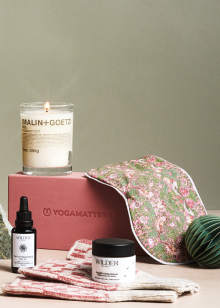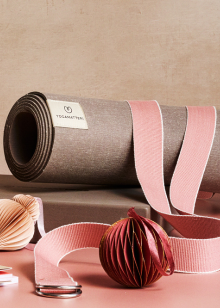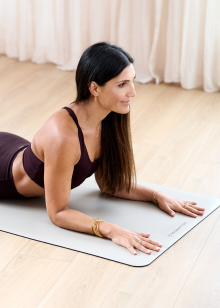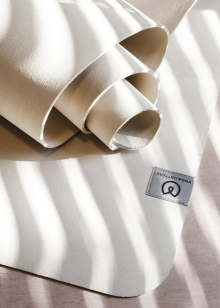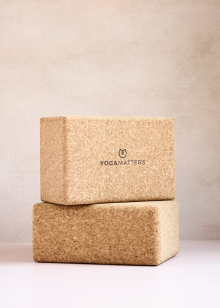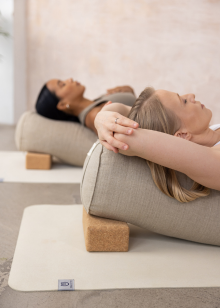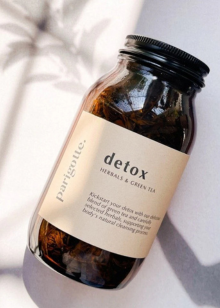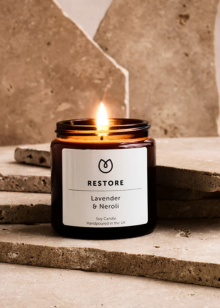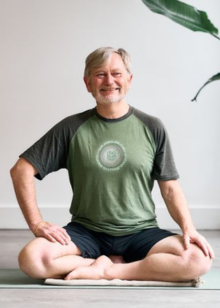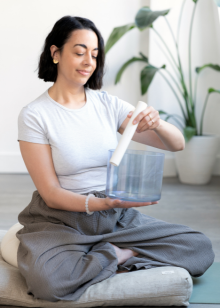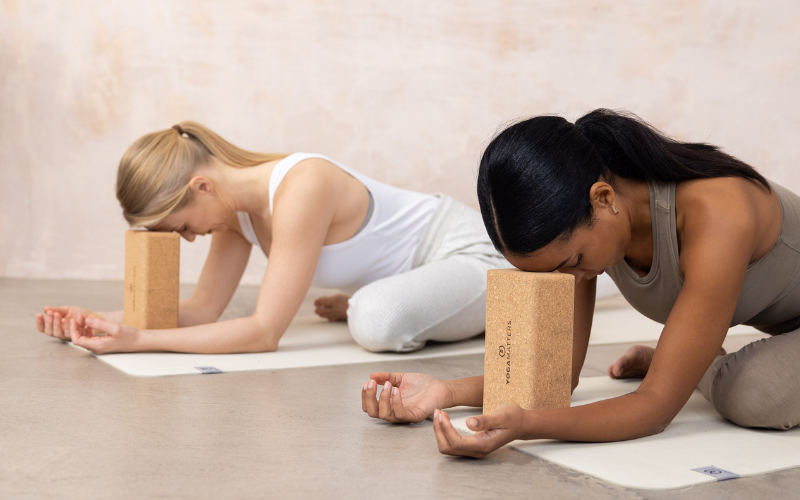The Yogamatters Guide to Styles of Yoga is to be used in conjunction with The Yogamatters Guide to Schools of Yoga to provide a guide that is as comprehensive as it can be to all the different types of yoga you may have come across – or are yet to discover! Schools of yoga stand the test of time and we practise within these schools of yoga with all those who have gone before us. New styles of yoga evolve over time as the needs of individuals within society evolve. Some of the styles of yoga listed below have developed within a school of yoga; others have been discovered through exploration and experimentation. I wonder if I can practise yoga on a paddle board…I wonder what yoga with a partner would be like…I wonder how we can make yoga accessible to ALL bodies…This Yogamatters Guide to Styles of Yoga seeks to inform and inspire: there’s a whole world of styles of yoga out there just waiting to be explored!
ACRO YOGA
As the name suggests, Acro Yoga combines acrobatics and yoga. It’s an intensely physical practice requiring strength and balance – and a partner you can entirely trust. There are three roles in Acro Yoga: the base is the partner who provides the solid base, usually lying on the ground and supporting the partner in the air; the flyer is the partner in the air, working with gravity to move into a series of dynamic poses; the spotter observes and makes recommendations, ensuring the flyer always lands safely. Partner balancing in this way improves focus, core strength, concentration and trust.
AERIAL YOGA
Aerial Yoga uses a fabric hammock which hangs from the ceiling or from a frame. The hammock is made from high density nylon material like parachute silk, so it will safely take your body weight. During the session, you will move into yoga poses – some traditional, some adapted – using the hammock for support. Hanging upside down adds a new perspective to your yoga: greater flexibility and focus, stress relief and the opportunity to work different muscles in different ways.
BODY POSITIVE YOGA
Yoga is for everyone, whatever your size and weight. Every yoga class should be inclusive or all shapes and sizes, but for those inhibited by the thought of attending a regular yoga class, there are classes out there specifically aimed at larger bodies. Adaptations and modifications are offered for all poses.
CHAIR YOGA
Chair Yoga is aimed at all people for whom standing or practising yoga on the floor is difficult: those with a condition such as arthritis, a debilitating illness, mobility issues or a disability. The objective of Chair Yoga is to make yoga accessible by all. Poses will be adapted so that the same stretch or twist can be achieved whilst sitting in a chair.
HIIT YOGA
HIIT Yoga combines yoga with an intensive full body workout. HIIT stands for High Intensity Interval Training. This workout blasts calories whilst de-stressing, interspersing bursts of cardio- and strength-training with lengthening, relaxing poses. It’s the opportunity to sweat and stretch at one time in one place.
HOT YOGA
Hot yoga classes take place in a heated environment. Hot yoga sessions differ from Bikram Yoga classes in that they do not follow a set routine and are not a part of the Bikram set up. Those who attend these classes often love the feeling of ‘sweating it out’ and find greater flexibility available to them, although the specific health benefits of hot yoga are yet to be proven.
LAUGHTER YOGA
A practice involving prolonged voluntary laughter, Laughter Yoga was created in 1995 in India by Dr Madan Kataria and his wife Madhuri, who was a yoga teacher. They discovered that voluntary laughter provided the same physiological and psychological benefits as spontaneous laughter. Laughter relaxes the whole body and promotes an overall sense of well-being. It’s also thought to strengthen the immune system, reduce pain and lower stress. Laughter yoga is done in groups.
MYSORE YOGA
Mysore Yoga is a form of Ashtanga Yoga, in which the student is encouraged to work through the Ashtanga series at their own pace, but in a setting in which a teacher is always available to assist. Mysore classes are taught one-to-one in a group setting within a three-hour window.
PARTNER YOGA
Partner Yoga takes place with a partner, but is not the same as couples’ yoga. Whether you’re practising partner yoga with a friend or relative or with a stranger, there’s always a give and take, a sharing. It’s all about clear communication, trust and support. Assisting a partner can lead to a greater understanding of alignment.
RESTORATIVE YOGA
Restorative yoga is all about relaxation and healing for the mind as well as the body. Simple passive poses are held for as long as twenty minutes with the help of props such as bolsters and straps. Blankets and eye pillows help you sink into a deep relaxation without falling asleep.
SUP YOGA
SUP Yoga is also known as paddleboard yoga, because SUP stands for stand up paddleboard. This is yoga on a paddleboard, floating on the water. It’s a challenge (and a lot of fun too!): because it takes place on an unstable platform, you have to really engage your core to maintain balance whilst moving through the poses.
TANTRA YOGA
Tantra Yoga combines asana, mantra, mudra, bandha and chakra to create clarity and bliss. It is not all about uninhibited sex, as it has been misrepresented and misunderstood in the modern world. It’s a practice that expands connection and awareness – in all relationships in daily life.
VINYASA YOGA
Vinyasa is a Sanskrit word that roughly translates as ‘to place in a special way’ focuses on the transition between poses. Vinyasa classes are known for a fluid, movement-based practice with the intention of linking the breath to the movement. Vinyasa classes often play music to create a dynamic vibe. No two Vinyasa classes are ever the same.
VINYASA FLOW
Influenced by Ashtanga Yoga, these classes flow from one pose to the next without stopping. Some studios call it flow yoga, dynamic yoga or power yoga. Vinyasa Flow is a good workout as well as a yoga experience. Because this style of yoga flows from pose to pose, it’s good to spend some time if you’re a beginner in a slower yoga class, where you can learn the poses and benefit from instruction and adjustment to correct alignment before moving into a Vinyasa Flow class.
YIN YOGA
Yin Yoga gets its name from the Taoist tradition, where ‘yang’ relates to movement and ‘yin’ to stillness. We all need both to obtain balance. Yin Yoga calms the mind and stretches out the body through a series of passive, seated poses. Poses target the connective tissues in the hips, pelvis and lower spine and are held for up to ten minutes. It’s all about finding that feeling of release and letting go.
YOGALATES
Yogalates is a Pilates Yoga fusion. In Yogalates, east meets west, merging yoga, the ancient practice from the east with Pilates, the core-stabilising, posture-enhancing practice from the west. Grounded in the latest research and methodology on functional movement, back care and exercise therapeutics, Yogalates includes poses and exercises to develop strength, stamina, stability and flexibility, focusing particularly on the core muscles.
YOGA NIDRA
Yoga Nidra is a Sanskrit term for that state of consciousness between waking and sleeping, commonly known as yogic sleep. Anyone can practise Yoga Nidra and it’s a great, simple way to relieve stress. As you rest comfortably in savasana, this immensely powerful, systematic meditation leads you to that point at which the body is completely relaxed.
YOGA THERAPY
Yoga Therapy takes place where yoga is used to address a specific health need. Yoga Therapy uses the tools of yoga – poses, breath, meditation, body-mind awareness and relaxation – to promote good health for the whole person, acknowledging that health is a dynamic combination of mind and body. Yoga Therapy is delivered in a small group or on a one-to-one basis.
SPECIALISED YOGA
Specialised yoga courses are styles of yoga designed with a particular target group in mind. It’s clear from the name who these sessions are aimed at. The practice of yoga will have been adapted and modified to accommodate this particular group in society.
PREGNANCY YOGA is also known as prenatal yoga. Yoga postures are carefully adapted for expectant mothers. Keeping your muscles strong throughout pregnancy will give new mothers the strength and energy to return to normal after the birth.
YOGA FOR ADDICTION can be an effective support and therapy for those in addiction recovery. Alongside meditation, yoga can provide calm and clarity. Specific yoga sessions are set up to support those who would struggle to attend public classes. Yoga teachers taking these courses are specifically trained to understand addiction recovery and be sensitive to specific needs and triggers surrounding addiction.
YOGA FOR BACK PAIN offers poses and sequences that can release tight muscles in your back and alleviate back pain. Back pain is actually one of the most common reasons that people start doing yoga. If you suffer from long term back pain or acute back pain, then finding a teacher who specialises in yoga for back pain is important.
YOGA FOR BEGINNERS is a series of classes designed specifically for those just starting out on their yoga journey. Many teachers and studios offer courses for beginners and there is no better place to start. These courses start from the very beginning and build up over the weeks to give you a solid foundation in all things yoga: poses, alignment, breathing techniques, the basics of meditation.
YOGA FOR KIDS is exactly that: it’s yoga aimed specifically at children. There’s a surge of interest in the value of yoga for kids at present. Poses are adapted to suit young bodies and given names (usually animal-based) to capture the imagination. Some teachers build a story that incorporates yoga poses. Some classes are designed for parents and kids together.
YOGA FOR FOOTBALLERS became an acceptable notion when Manchester United’s Ryan Giggs attributed his long playing career to his yoga practice. Many professional football clubs across the country have yoga classes as part of the programme for their players. Players are now recognising that the stretching and slowing down that yoga offers is vitally important for their health and fitness.
YOGA FOR RUNNERS focuses on key poses for those areas of a runner’s body that are most overused or prone to injury. Yoga helps runners develop a greater flexibility, all-round fitness and mental focus. It’s those leg muscles that need lengthening and strengthening in runners. Running is such a repetitive action that is taxing on the body and yoga can counteract the effects of running on the human body.
YOGA FOR SPORT aims to keep athletes as injury free as possible. Sports injuries come about through intensive repetitive action and motion. Athletes push their bodies and can lose touch of their bodies in over-use and training. Yoga builds strength, flexibility, balance and core to create a body that can stay fitter and healthier for longer.
YOGA FOR SPECIAL NEEDS is a therapeutic approach for children or adults with learning and physical disabilities. Yoga for all includes those with special needs. Yoga poses are adapted so that yoga can be accessed by those with additional needs.
YOGA FOR TEENAGERS is aimed specifically at teenagers. Those teenage years are often not an easy time with body image issues, a fragile sense of identity and constant pressure from peers, parents and teachers. Yoga for Teenagers offers these young people the time and the space to develop an understanding of their bodies (and an acceptance, or maybe even a love) and minds at a stage of life when health, fitness and wellbeing are vitally important.
YOGA FOR THOSE AFFECTED BY CANCER are classes aimed at anyone affected by cancer. Yoga teaches you to recognise what it feels like to be in your body right now and for those undergoing treatment for cancer, that can be a scary and ever-changing process. These classes are small and nurturing and create a safe space to explore and express.
YOGA FOR TRAUMA is also known as Trauma Sensitive Yoga or Trauma Informed Yoga. Some approaches look to release trauma and anxiety from where it is held in the body. Connecting with the body can be incredibly difficult for someone who’s experienced trauma and these teachers that deliver yoga for trauma must be well trained and well qualified to take on this work. Yoga can have an important healing and transformative role to play in lives affected by trauma.
YOGA FOR WEIGHT LOSS asserts that you can practise yoga for exactly that reason: weight loss. Studies have shown that yoga lowers levels of stress hormones and increases insulin sensitivity, which signals to your body to burn food as fuel rather than store it as fat. Particular poses help burn fat, build muscle tone, and give you more flexibility.
NOVELTY YOGA
Novelty yoga sessions are styles of yoga that have developed all over the world over the last decade to entice and excite. Where there’s an imagination and a mat, there’s always a new weird and wonderful type of yoga about to evolve….
And so we have BEER YOGA, CHROMA YOGA, DOGA, GOAT YOGA, HEAVY METAL YOGA, NUDE YOGA, RAVE YOGA, VOGA….whatever new style of yoga will we have next?!?
